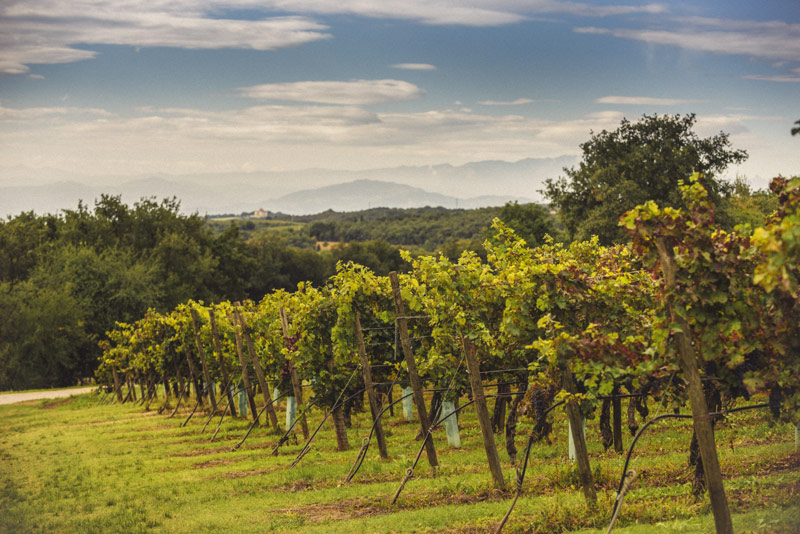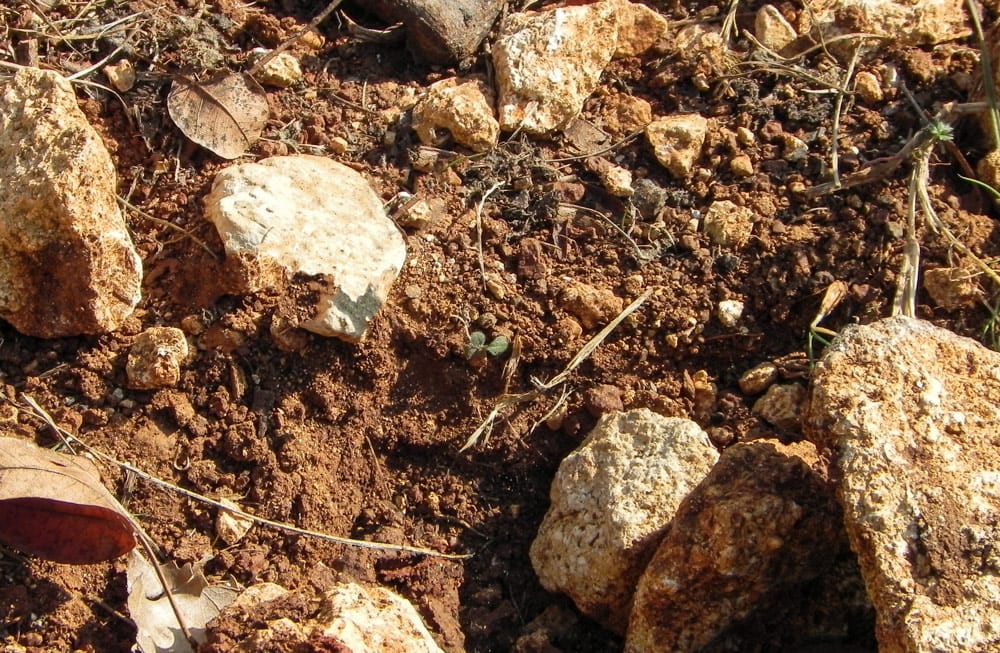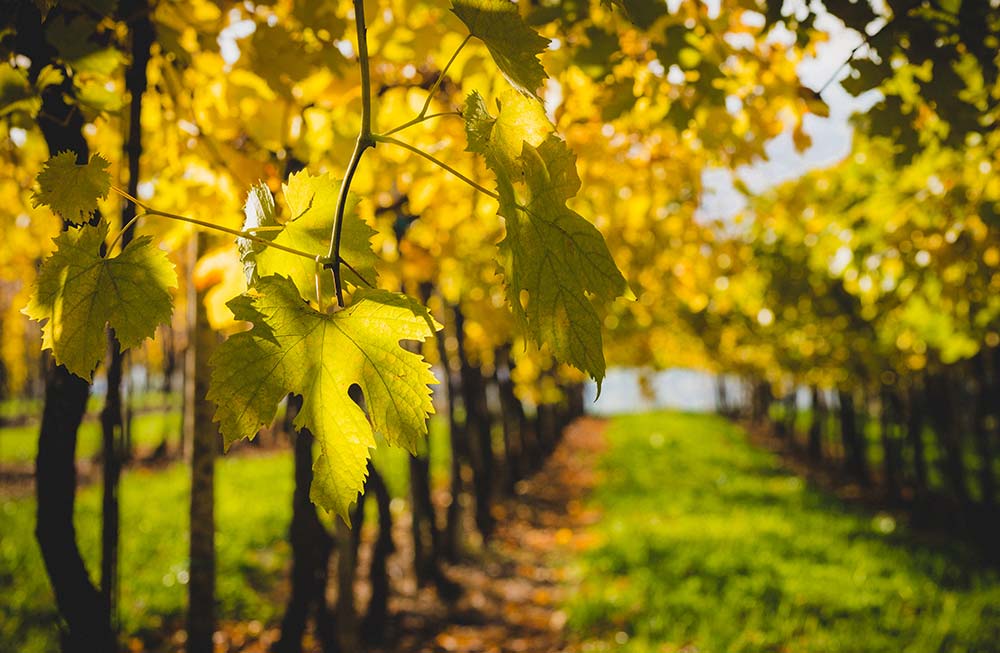
When our grandparents first visited the estate in 1987, they were sold; it was love at first site for the 125 acres of red earth, with its combed rows of vines sharing space with olive groves and woods. From Cicogna you can enjoy a unique view from the Rocca Pisana villa, a magnificent example of Palladian architecture, to the Apennine Mountains and Po Valley which shines until it reaches our feet.

The roots of our vines plunge into the ancient hills that arose some 60 million years ago, into soil that contains marine fossils and limestone pebbles. Here the earth harbors a wealth of fundamental minerals like potassium, magnesium and iron. Our grandfathers understood immediately the untapped potential of this region, characterized by the purity of the Berico stone. Since then, Cicogna has become a project aimed at enhancing the value of the land with winemaking of the highest quality.
The successful ideas of Domenico and Pietro didn’t stop here. They understood from the very beginning the need to invest in research and experimentation. They planted varieties, which at the time seemed exotic. Not only that, but when they bought the estate in 1987, the vines were planted with the guyot system, not widespread in the Veneto at the time, which focuses on quality and not quantity.

They made other risky, yet innovative choices, like the introduction of high density equipment and the production of monovarietal wines. That’s how historic vineyards in this area of the Berici Hills like Cabernet, Tai Rosso and Merlot began to share space with uncommon varieties like Syrah and Solaris, each vinified separately. Everything works together to leave the maximum expression to the land, and that then becomes the real conduit to the entire line of Cicogna wines.

Today, we continue the work of our grandfathers, closely following the journey of our vines, all 12 months of the year, making important and significant choices for the right balance of our products. That includes: high density planting (4,000 plants) per 2.5 acres, green pruning, bud selection, the double harvest depending on the degree of ripeness, manual harvesting in crates, emergency irrigation to prevent the plants from suffering carried out exclusively in the earlier phases of veraison (color changing of the grapes). Finally, after various experiments, begin the 12 months of aging with medium toasted French oak barrels from the Burgundy region (wood of Allie). All operations are done by hand, vine for vine, day after day, just as Pietro and Domenico would do.